If you are planning to move to a new home, whether it is just across a few suburbs or hundreds of kilometers away, or even overseas, packing and unpacking is one issue that you unfortunately can’t avoid.

Depending on your circumstances no, not everybody needs to call on a professional packing and unpacking service and can manage just with removalists. However, in our busy day and age most of us are just too time poor with some homes and apartments being in desperate need of professional advice and assistance to get the move done. So how do you know if you need to look to hire experienced home organisers for your packing and unpacking tasks?
There are three major factors to consider when reaching the goals for your move. Below we have reflected on some of the reasons why you should consider hiring packers and or unpackers for your pending move.
- Do you have enough time to do all the packing?
- Do you have children or pets that won’t allow you to focus on your packing and unpacking tasks?
- Would you rather spend time doing something else more valuable?
- Are you may physically capable of doing your own packing and unpacking?
- Do you work from home and have a large office or library you need help with?
- You don’t know where to start or plan the packing?
- You would rather an expect get the job done quicker and better?

The Benefits of hiring a packing service:
Although not everyone can afford the extra money to hire them, there are definite benefits to hiring a professional packer. With their efficiency the investment in a packing service can save you precious time and money. Why waste your dollars on too many boxes or longer hours taken by removalist plus the added stress of doing it yourself! The Mooving Matters professional packing service will:
- Go through every aspect of your packing requirements with you.
- Let you to decide what stays and what goes.
- Provide their experience and special care when handling fragile, heavy and high value items
- Provide and be familiar with packing materials.
- Be knowledgeable and familiar with correct packing procedures.
- Pack a standard sized family home with a minimum of a few days.
- They take less time to pack because they have no sentimental attachment to your things.
- Reduce the number of boxes and can reduce the overall cost of transport.
- Free up your calendar to prepare your new home for the move.
- Provide a stress-free environment – The all women team are trustworthy, reliable and efficient.
One – Flexibility
One of the biggest advantages of hiring packers to help with your move is the flexibility you gain. When you hire a packing service, you can take advantage of the full service or you can pick and choose what you would like them to pack for you.
For example, you could have the professionals take care of certain rooms or items in your home as Kitchen, bedrooms, furniture placement and general organisation.
Two – Safety
Moving everything and packing it up on your own can be hazardous if you don’t know what you’re doing. Mooving Matters use trusted and specialised packing techniques to ensure your expensive and delicate items don’t get broken and nobody gets hurt in the process.
Professional packers handle moving people’s belongings every day. They know how to do so safely and keep your stuff from getting broken or becoming too heavy to handle. When you hire Mooving Matter the professional packers, you won’t have to worry about safety as aspect.
Three – Professional Packing and Supplies
After safety, gaining access to professional packing supplies makes a great difference, too. When professional packers, Mooving Matters pack your things, they will use only high-quality packing materials for your items. This is especially beneficial if you have antiques, paintings, furniture, and other valuable items.
The professional packers will use quality bubble wrap, packing paper, tape, markers, moving boxes and everything that needs to be used to pack up your items securely, ready for transit. They will also have specialised crates and options for things, such as TVs and other odd items to help ensure your things are well protected for the journey ahead.
If you are moving overseas, it is strongly recommended to have your goods packed by a trust professional packing company. This will help you avoid any unnecessary delays or additional charges from customs or quarantine officials.
Four – Better Efficiency
This why people hire Professional packers, they will be far more efficient with the packing than you will be. They are so efficient because they know what they are doing and have been doing it for many years. They will take utmost care however won’t be emotionally attached and over think things that slow the packing process. They will be packing faster, and at the same time won’t compromise on safety.
The decision to hire professionals to handle the packing is a big decision. If you have a larger home to pack up, it really can be a no brainer as it can be a huge time saver.

The Process Of Hiring A Professional Packer / Unpacker:

During a move there’s so much to do that hiring a professional packing service might be the best and most stress-free way to go. When Hiring a professional packing company, you should be given options of packing packages that suit you needs and budget, from packing your entire household to packing selected things only.
If cost is not an issue, then consider hiring professionals for both packing and unpacking. There are many services that provide everything from packing up your household to unpacking and organising and styling your new home to your brief, but before you hire or even decide to hire, you’ll need to weigh your time and energy versus the cost involved in hiring professionals to pack and unpack your home.
Home Assessment of your Pack
First, the company will send out a surveyor to assess the details of your move. They’ll list each item that needs to be packed, including furniture, cupboard and draw contents. This is to 1 – more accurately provide you with a quote and 2 – help determine what’s of value and may need extra special care.
Valuables, such as paperwork, artwork, and jewellery will be discussed during the household survey, determining how these items should be handled. Usually, items that can be taken with you on the day of move and can be packed separately by the company and set aside for you to take with you.
Full-Service Packers
Full-service packers will make sure all furniture is taken apart, properly wrapped and secured using padding and protective packing. Hung pictures and art are removed from walls and carpets are rolled and wrapped ready to move. Boxes are clearly labelled and sorted according to room and placement.
Appliances preparation
Many moving companies will suggest you hire a professional to prepare and move large appliances including fridges, stoves, washers, and dryers. If appliances are not properly prepared and protected, the moving company will not take responsibility if they don’t work in your new home.
The company will also provide you with a time estimate on how long it’ll take them to pack your goods and the cost involved – usually, they can do it in a day. Depending on your time frame and how much stuff you have will also determine the price.
It is recommended to make sure you arrange for babysitters or pet sitters to ensure that children and pets are kept safe and out of the way when the company is packing.
Most packing services can pack your home in one day. This saves not only time but the hassle of living with and out of boxes.
You’re in, now the unpack!
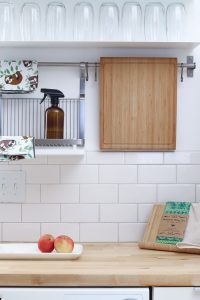
Whether you pack or you hire help to pack, unfortunately it is only half the exercise, because everything must be unpacked at the delivery end.
After a tiresome move, the task of unpacking is the last thing you want to do, and for many it usually takes weeks to get it all done. In fact, you may still have a few boxes in storage that are still waiting to be opened from your last move. With a professional unpacking service to help it doesn’t have to end up this way. Within a day your house can be completely unpacked, organised better you’re your last and styled!
So, to help you decide if you should hire an unpacking service, we thought we’d review what to expect and when you might want to consider getting someone to help you unpack.
When to Hire an Unpacking Service?
If you’re on a budget, then yes you need to carefully consider spending money on this type of service, but for most the investment makes sense. Unpacking services are life savers:
- When you can’t get leave from work to unpack, or you have a limited amount of time between jobs.
- If you’re a stay-home parent and you can’t see a way to do all the unpacking and mind the kids in at the same time.
- You packed all the boxes yourself, and you can’t bear the thought of unpacking everything.
- You saved enough money, and have funds left, and you feel exhausted from the move and deserve a break.
- When you have to have the unpacking done at a specific time. – IE preparing the home for an event or people are staying over.
- You hired professional packers to help you pack and move the entire house, and you negotiated a good deal for them also to unpack your stuff.
What’s typically included in an unpack service package:
Each unpacking service is different and should be tailored to customer needs, so it’s best to inquire about their full range of services with company you hire. Most will include the following items:
- Unpack all your boxes
- Unwrap items and at the same time collate an inventory list of anything broken
- Wipe off shelves. Offer additional cleaning services.
- Put all items away, in a logical, safe location.
- Organize the house from the kitchen drawers and cupboards to the linen closet and wardrobes.
- Set-up all extraneous items, such as the shower curtain, adjusting the clocks to the correct time, spreading the tablecloth, hanging pictures (at your request).
- Assemble all furniture, including beds, desks, and tables if the movers haven’t.
- Unpack and organize all clothing and make beds.
- Clean up – Removal and recycling of all boxes and packing materials.
How Do They Know Where Everything Goes?

A good professional unpacking services will hire experienced professional home organisers. At Mooving Matters, our all women team have unpacked and organised and styled more households than the average person. A great professional unpacking service should find solutions to home organisation problems that usually frustrate homeowners.
If the unpackers have questions and you are available or around, they’ll ask. In most cases however the unpackers will have taken a brief from you initially and will do their job without having to contact or bother you.
At Mooving Matters, our unpacking services are unlike any other. Not only will your kitchen be expertly coordinated to your liking, all your clothes will be neatly hung, folded and put away. All the items in every box will also be appropriately placed into their new rightful places. We make you feel like you have always lived there, making your new house a home faster.
If you are just needing some extra hands and are budget savvy, then you can also ask us to unpack specific boxes or items in rooms inside your new home. IE in the kitchen, bathrooms, bedrooms you name it. Based on this we can either provide you a fixed price for a full service unpack or to unpack one or two areas of your home. Our unpack services are designed to provide you with the power of choice and the right amount of assistance you need.
So what are the Costs?
Of course, prices vary depending on the size of the home and how fast you need to be settled in. Most services are completed in one day; however, if you need your home unpacked and completed the same day as the move then contact Mooving Matters or their express unpack service.
Again, most companies will provide no-obligation quotes, either online or by phone, so it’s best to shop around for a service in your area.
Hopefully this article has answered a lot of question you may have on if you should hire a full-service pack and unpack team to assist in your move. As mentioned earlier, this is a decision you need to make based on time versus cost. If you need to take two weeks off work in order to get the house packed and organised, it may be worth the price. Packing takes alot of time, and you need to add in the preparation that comes with packing, from purchasing packing materials, and culling and organising house before you pack.

To arrange a complementary on-site inspection of your moving, packing tasks by Mooving Matters, your home organiser Sydney or to simply discuss our ‘Ultimate full service packing + moving’ experience call (02)93375333 or visit us at moovingmatters.com.au.









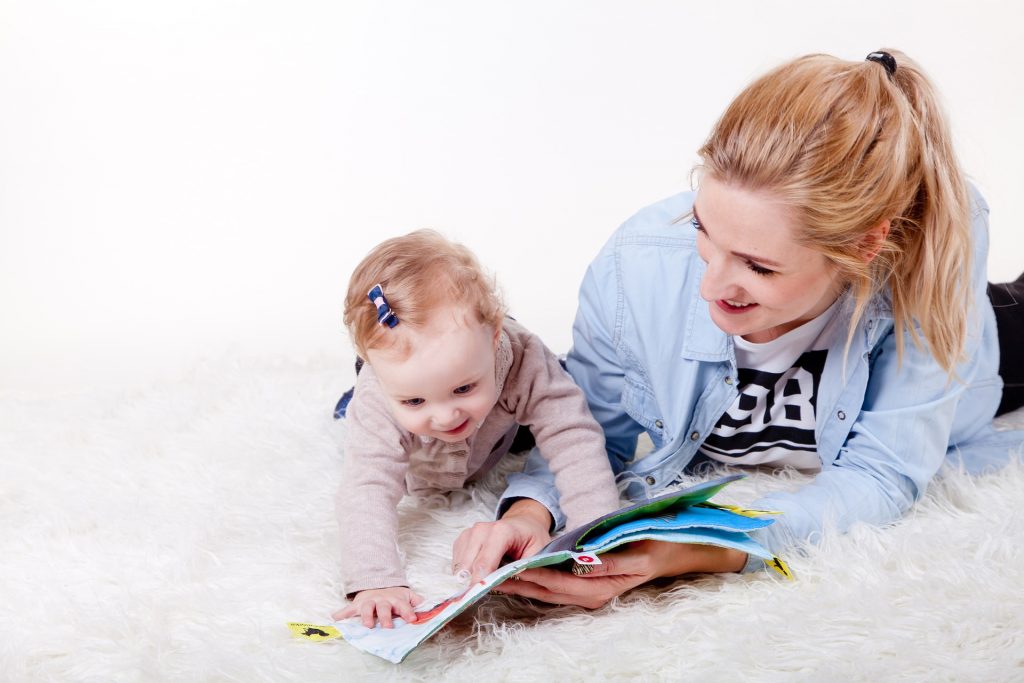
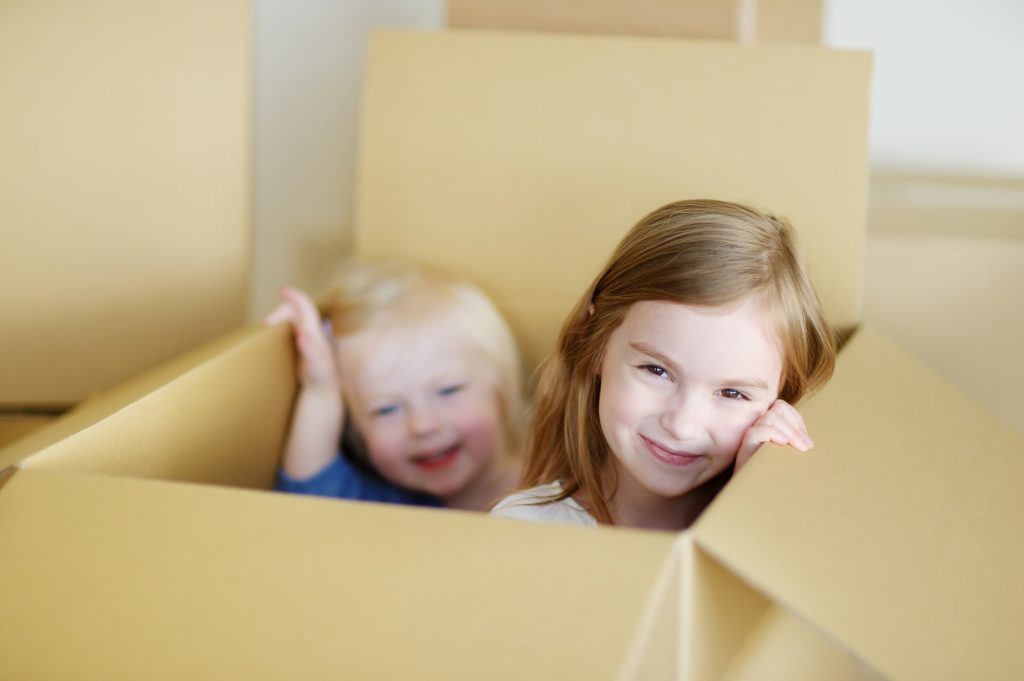
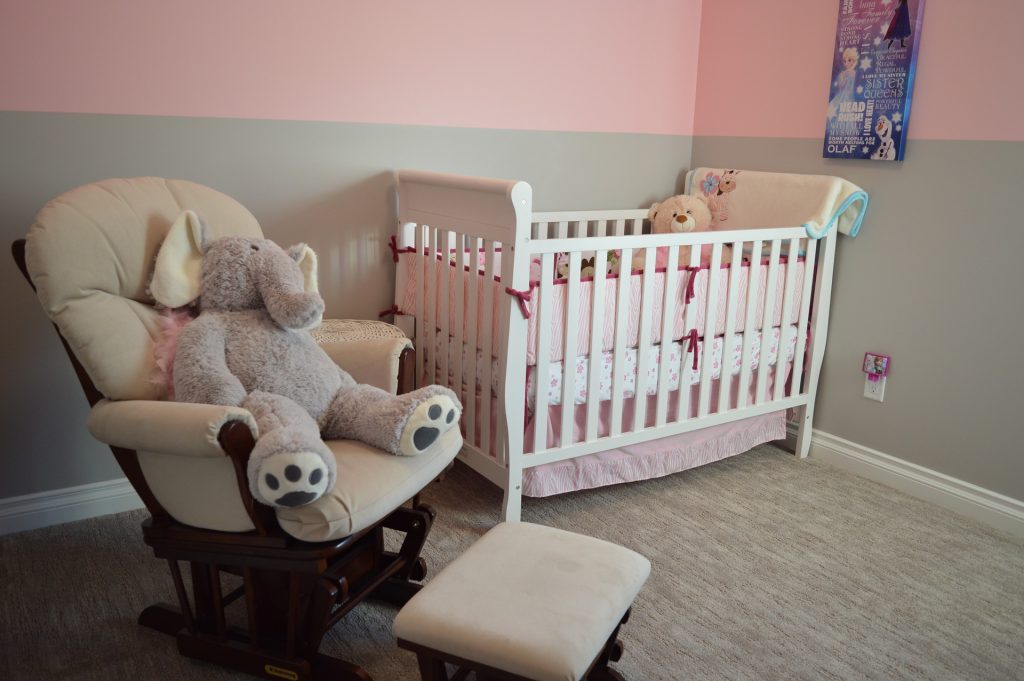
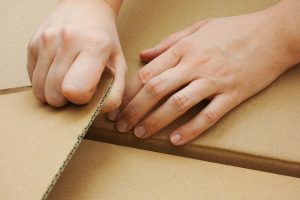 So, it’s on! the move is happening – you’ve completed an extensive search of the best local top-rated moving companies, having chosen a full-service mover that will give you the best offer in terms of price for size of job. With most things in life it makes sense to be organised for an event and this is exactly the case with preparing for moving. Strapped for time with your hands already full jugging life as it is, you’ve also opted for the extra service of out-sourcing your packing and having your home packed up by professionals. However, you may be now asking so what exactly are the tasks you are supposed to complete before the packing experts arrive? To make Pack day and Move day easier for everybody, especially for yourself and your family, this article is a handy guide on the dos and don’ts of how to prep before your hired professional packing team lands on your door step. Some of these may come as common sense, however the main thing is that you want to ensure your belongings remain secure and intact as well as in the in their new correct location and home once you have moved.
So, it’s on! the move is happening – you’ve completed an extensive search of the best local top-rated moving companies, having chosen a full-service mover that will give you the best offer in terms of price for size of job. With most things in life it makes sense to be organised for an event and this is exactly the case with preparing for moving. Strapped for time with your hands already full jugging life as it is, you’ve also opted for the extra service of out-sourcing your packing and having your home packed up by professionals. However, you may be now asking so what exactly are the tasks you are supposed to complete before the packing experts arrive? To make Pack day and Move day easier for everybody, especially for yourself and your family, this article is a handy guide on the dos and don’ts of how to prep before your hired professional packing team lands on your door step. Some of these may come as common sense, however the main thing is that you want to ensure your belongings remain secure and intact as well as in the in their new correct location and home once you have moved. Look to part with any items that your packing crew won’t agree to pack for you. Even though you’re paying for the professional packing services you’re about to receive, there are a number of hazardous items that moving companies may not be allowed to pack up and transport for safety reasons. Check with your packers if they can or will pack the following:
Look to part with any items that your packing crew won’t agree to pack for you. Even though you’re paying for the professional packing services you’re about to receive, there are a number of hazardous items that moving companies may not be allowed to pack up and transport for safety reasons. Check with your packers if they can or will pack the following: These are often you personal, private or most sentimental processions. It can include items as clothing for period whilst move is happening, toiletries, work items, chargers, electronics or any hazardous items. Look to pack these yourself ahead of time and look to place signage once again instructing packers not to touch.
These are often you personal, private or most sentimental processions. It can include items as clothing for period whilst move is happening, toiletries, work items, chargers, electronics or any hazardous items. Look to pack these yourself ahead of time and look to place signage once again instructing packers not to touch. If it’s an item that’s very special to you or has a high value, please let your movers and packers know this is the case and make sure to tag these items with “handle with care” or “fragile” notices.
If it’s an item that’s very special to you or has a high value, please let your movers and packers know this is the case and make sure to tag these items with “handle with care” or “fragile” notices. It’s wise in preparing for professional movers and packers is to ensure the all family members are across what’s happening and their safety, including any pets you may have. Discuss with those living the house what to expect when the packers arrive and what major role each member will have during that often hectic phase of moving out. Soon enough, you will need to welcome complete strangers in your home for a packing job that can take entire days.
It’s wise in preparing for professional movers and packers is to ensure the all family members are across what’s happening and their safety, including any pets you may have. Discuss with those living the house what to expect when the packers arrive and what major role each member will have during that often hectic phase of moving out. Soon enough, you will need to welcome complete strangers in your home for a packing job that can take entire days.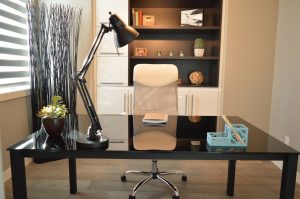 Today more than ever people are working more from home (at least for part of the week) or have even set up a full-time personal business out of their house. With this growing trend there has become an increasing need to separate the work space from the normal harmonious home surroundings and to keep it clean, workable and under control.
Today more than ever people are working more from home (at least for part of the week) or have even set up a full-time personal business out of their house. With this growing trend there has become an increasing need to separate the work space from the normal harmonious home surroundings and to keep it clean, workable and under control. Most people’s home office spaces usual ends up in sea of paper piles, ebbing and flowing across desktops and shelving units. Look to get control of the clutter before it takes over your work space. Decluttering services experts advise on applying the strategy called “The System of Three”: shred/toss it, file it or take action from it. Vet every piece of paper in your office by this protocol and place your important paperwork in a colour-coded filing system.
Most people’s home office spaces usual ends up in sea of paper piles, ebbing and flowing across desktops and shelving units. Look to get control of the clutter before it takes over your work space. Decluttering services experts advise on applying the strategy called “The System of Three”: shred/toss it, file it or take action from it. Vet every piece of paper in your office by this protocol and place your important paperwork in a colour-coded filing system. If you have a small home office it might be a good idea to rethink bulky filing cabinets, storage cupboards and low height bookcases instead look to transform your wall spaces. Floating shelves, hanging filing systems or a panel of wall-mounted caddies can increase your storage and give a modern designer look as well. New space-savvy, wall organisers are practical and convenient as all your files and supplies become more visible and easily accessed.
If you have a small home office it might be a good idea to rethink bulky filing cabinets, storage cupboards and low height bookcases instead look to transform your wall spaces. Floating shelves, hanging filing systems or a panel of wall-mounted caddies can increase your storage and give a modern designer look as well. New space-savvy, wall organisers are practical and convenient as all your files and supplies become more visible and easily accessed. So, you’ve finally got your home office looking like the one of your dreams, but you just need to make sure it stays that way. Look to Schedule regular maintenance and tidy up of your office space. The easiest way is to do daily or weekly reviews. All you need to do is allocate a few minutes at the end of each day or a time slot once a week for a quick tidying up.
So, you’ve finally got your home office looking like the one of your dreams, but you just need to make sure it stays that way. Look to Schedule regular maintenance and tidy up of your office space. The easiest way is to do daily or weekly reviews. All you need to do is allocate a few minutes at the end of each day or a time slot once a week for a quick tidying up. The essence of downsizing is going from a bigger home to a smaller place – whether that be an apartment, independent living unit or retirement village.
The essence of downsizing is going from a bigger home to a smaller place – whether that be an apartment, independent living unit or retirement village. Moving into a smaller apartment or residence, where neighbours are in closer proximity, is a great way to socialise. You may even find other people like you, who are in similar life places. Your neighbours, though living independently from you, can become like a second family to you. This is especially true if you share space like a recreational area or nearby shops. Moving could also see you in closer proximity to family and close friends which makes it all the more worth it.
Moving into a smaller apartment or residence, where neighbours are in closer proximity, is a great way to socialise. You may even find other people like you, who are in similar life places. Your neighbours, though living independently from you, can become like a second family to you. This is especially true if you share space like a recreational area or nearby shops. Moving could also see you in closer proximity to family and close friends which makes it all the more worth it. 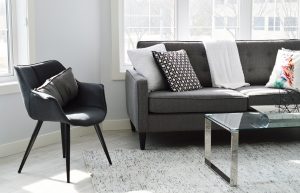 Even if you’ve double checked and taken careful measurements and passed on all the furniture that’s clearly not going to fit in your new abode, it’s frustratingly often not until you move in that you realise what you’ve brought with you is still just not going to work out. The colour or style may be all wrong for the space, and the way you find yourself using a room may mean your furniture feels like a mismatch
Even if you’ve double checked and taken careful measurements and passed on all the furniture that’s clearly not going to fit in your new abode, it’s frustratingly often not until you move in that you realise what you’ve brought with you is still just not going to work out. The colour or style may be all wrong for the space, and the way you find yourself using a room may mean your furniture feels like a mismatch
 The transition from being parents who are busy with work and family, who have to care for others, to being empty nesters does not have to a be a depressing one. This is an opportunity to have a new beginning in a new place, and to importantly a means to start focus on you and what you want in your life.
The transition from being parents who are busy with work and family, who have to care for others, to being empty nesters does not have to a be a depressing one. This is an opportunity to have a new beginning in a new place, and to importantly a means to start focus on you and what you want in your life. Moving is an incredibly difficult event in itself for anyone, sorting through and packing up your belongings, saying goodbye to friends, and hiring packers and movers takes time and energy and can be stressful. But it’s even more taxing if you or someone who you are moving has a disability. When moving with a disability, you have to approach the move with a deeper, broader perspective of what the move is going to take and the need to tap into various resources to make the move as smooth and easy as possible.
Moving is an incredibly difficult event in itself for anyone, sorting through and packing up your belongings, saying goodbye to friends, and hiring packers and movers takes time and energy and can be stressful. But it’s even more taxing if you or someone who you are moving has a disability. When moving with a disability, you have to approach the move with a deeper, broader perspective of what the move is going to take and the need to tap into various resources to make the move as smooth and easy as possible. Organisation in any move is key and being organized is even more critical if you have a disability. Make sure that you give yourself at least a month to a few weeks before you move and to flesh out a concise pre-move checklist to ensure all is covered.
Organisation in any move is key and being organized is even more critical if you have a disability. Make sure that you give yourself at least a month to a few weeks before you move and to flesh out a concise pre-move checklist to ensure all is covered.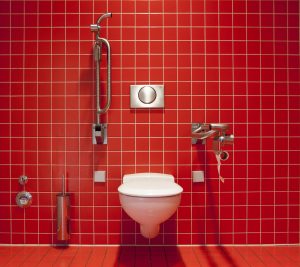 The first thing to do is to check whether the new location already has all the accessibility that you need. Certain disabilities make it necessary for you to have certain accommodations wherever you live. You will need to fully access the space to determine whether or not modifications will need to be made. For example; Are the doorways wide enough? Are the counters at a reachable height? Are all the rooms in the house accessible to you?
The first thing to do is to check whether the new location already has all the accessibility that you need. Certain disabilities make it necessary for you to have certain accommodations wherever you live. You will need to fully access the space to determine whether or not modifications will need to be made. For example; Are the doorways wide enough? Are the counters at a reachable height? Are all the rooms in the house accessible to you? Make a list of the locations and phone numbers of the nearest emergency care facilities, primary care physicians, and other specialists that you use regularly. Post that list in a prominent place in your new home, right alongside a list of personal emergency contacts. Also ensure the following is organised as soon as possible:
Make a list of the locations and phone numbers of the nearest emergency care facilities, primary care physicians, and other specialists that you use regularly. Post that list in a prominent place in your new home, right alongside a list of personal emergency contacts. Also ensure the following is organised as soon as possible: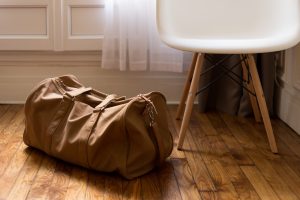 Completely unpacking your new home might take some time, so put together an overnight bag with your essentials including medication, necessary charging cords for wheelchairs or other equipment, and comfortable clothing for the night as well as the next day. Consider what things you’ll need to keep you most comfortable on the journey, too.
Completely unpacking your new home might take some time, so put together an overnight bag with your essentials including medication, necessary charging cords for wheelchairs or other equipment, and comfortable clothing for the night as well as the next day. Consider what things you’ll need to keep you most comfortable on the journey, too.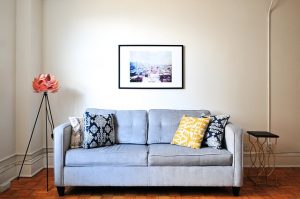 Whether you have just finished high school and heading to university, starting out in your career, getting hitched or going through a separation – there will come a time in your life when you decide to move out of home or go it alone in a new abode.
Whether you have just finished high school and heading to university, starting out in your career, getting hitched or going through a separation – there will come a time in your life when you decide to move out of home or go it alone in a new abode. Whether you’re buying, sharing or renting, you’ll need to work out what kind of property best suits you and your lifestyle.
Whether you’re buying, sharing or renting, you’ll need to work out what kind of property best suits you and your lifestyle. If you’ve been living the easy life without having to do many chores or watch your budget, it would be wise to start changing those habits now to make the transition easier. Pay close attention to your cleanliness habits and step them up. Start sticking to a budget now so you can get an accurate picture of your spending habits before relocating.
If you’ve been living the easy life without having to do many chores or watch your budget, it would be wise to start changing those habits now to make the transition easier. Pay close attention to your cleanliness habits and step them up. Start sticking to a budget now so you can get an accurate picture of your spending habits before relocating. One of our biggest daily expenditures is on food. Takeout, and Premade frozen meals cost significantly more than preparing simple meals for yourself, they are also generally full of preservatives or fake ingredients that you shouldn’t to put in your body anyway. Start by getting to know your local supermarket & find foods in their most natural form. Visit the dry bulk section as well, where you can find rice, oats, and various other staples usually at lower prices.
One of our biggest daily expenditures is on food. Takeout, and Premade frozen meals cost significantly more than preparing simple meals for yourself, they are also generally full of preservatives or fake ingredients that you shouldn’t to put in your body anyway. Start by getting to know your local supermarket & find foods in their most natural form. Visit the dry bulk section as well, where you can find rice, oats, and various other staples usually at lower prices. Communication is always the key to any relationship and it is no different for your flatmates or partner if you decide on not living alone.
Communication is always the key to any relationship and it is no different for your flatmates or partner if you decide on not living alone. A question we often get when people are looking to move is “How clean is a seller or tenant required to leave a house or unit once moving out?”
A question we often get when people are looking to move is “How clean is a seller or tenant required to leave a house or unit once moving out?” We have all been there; the temptation to opt out on those last few cleaning chores is a force to be reckoned with! But don’t give in. How dirty you leave your home isn’t just about etiquette—it could also cause problems with the sale of your home if you are selling.
We have all been there; the temptation to opt out on those last few cleaning chores is a force to be reckoned with! But don’t give in. How dirty you leave your home isn’t just about etiquette—it could also cause problems with the sale of your home if you are selling. How to clean the house isn’t the only thing you have to worry about before the final walk-through.
How to clean the house isn’t the only thing you have to worry about before the final walk-through.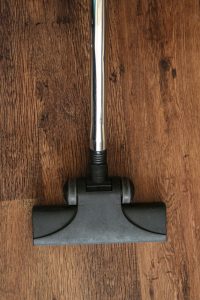 The last thing you want to do is waste your precious time HOUSE cleaning! It’s usually anything but a fun activity to complete in your spare time. So below we have put together some methods to ease the pain, improve your end results and, most importantly enable you to reclaim your weekends & freedom.
The last thing you want to do is waste your precious time HOUSE cleaning! It’s usually anything but a fun activity to complete in your spare time. So below we have put together some methods to ease the pain, improve your end results and, most importantly enable you to reclaim your weekends & freedom.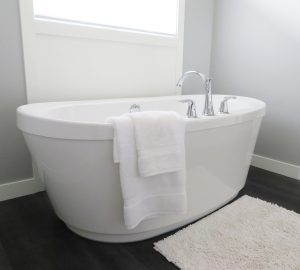 The Bathroom: Firstly spray the basin, vanity, shower and bath tub with an all-purpose srfacec cleaner and let sit while you tackle the toilet with a good scrub with the toilet brush and cleaner, let sit then flush. Lastly, spray a cloth with all-purpose cleaner and wipe down the outside of the toilet suite and pan.
The Bathroom: Firstly spray the basin, vanity, shower and bath tub with an all-purpose srfacec cleaner and let sit while you tackle the toilet with a good scrub with the toilet brush and cleaner, let sit then flush. Lastly, spray a cloth with all-purpose cleaner and wipe down the outside of the toilet suite and pan. Moving out in a sustainable, environmentally-friendly manner is simply about finding ways to use green processes and products as much as possible when undertaking your next relocation.
Moving out in a sustainable, environmentally-friendly manner is simply about finding ways to use green processes and products as much as possible when undertaking your next relocation. Corrugated boxes are luckily pretty easy to recycle. However the bubble wrap, tape, and packing peanuts you use in those boxes unfortunately are not. If you do need boxes, there is no need to buy them new to only create new waste. Here are some clever moving friendly boxing options:
Corrugated boxes are luckily pretty easy to recycle. However the bubble wrap, tape, and packing peanuts you use in those boxes unfortunately are not. If you do need boxes, there is no need to buy them new to only create new waste. Here are some clever moving friendly boxing options: Before you get trigger happy with the bleach, remember that a lot of household cleaning products contain toxic chemicals that have an impact on the environment and also your health. They can get into and ultimately affect the quality of our water supply and cause harm to animals and humans with some household cleaners even cause air pollution.
Before you get trigger happy with the bleach, remember that a lot of household cleaning products contain toxic chemicals that have an impact on the environment and also your health. They can get into and ultimately affect the quality of our water supply and cause harm to animals and humans with some household cleaners even cause air pollution. Every move is like getting a fresh makeover. So try and use this relocation as a chance to cull and declutter excess items and belongings, and make a new commitment to not buy cheap house hold items you don’t really need. If you don’t have time to do it yourself get Mooving Matters professional home organisers and decluttering services on board. In the future try and take time to consider your purchases, instead buying on impulse and at sales. It will ensure you will have less to discard next time you move, which hopefully won’t be in the near future…
Every move is like getting a fresh makeover. So try and use this relocation as a chance to cull and declutter excess items and belongings, and make a new commitment to not buy cheap house hold items you don’t really need. If you don’t have time to do it yourself get Mooving Matters professional home organisers and decluttering services on board. In the future try and take time to consider your purchases, instead buying on impulse and at sales. It will ensure you will have less to discard next time you move, which hopefully won’t be in the near future…